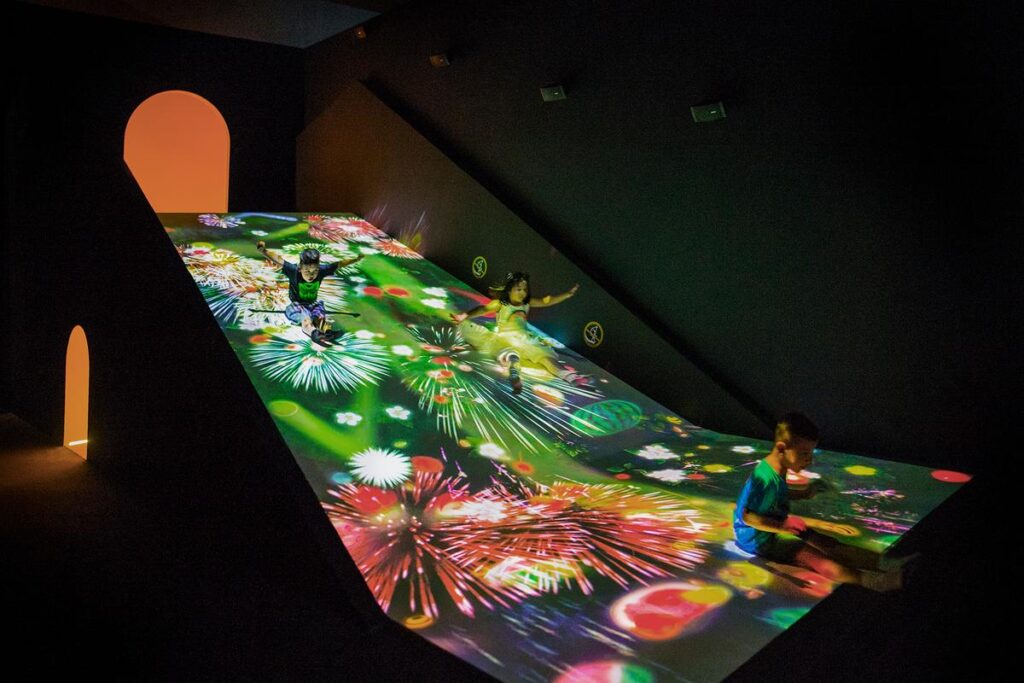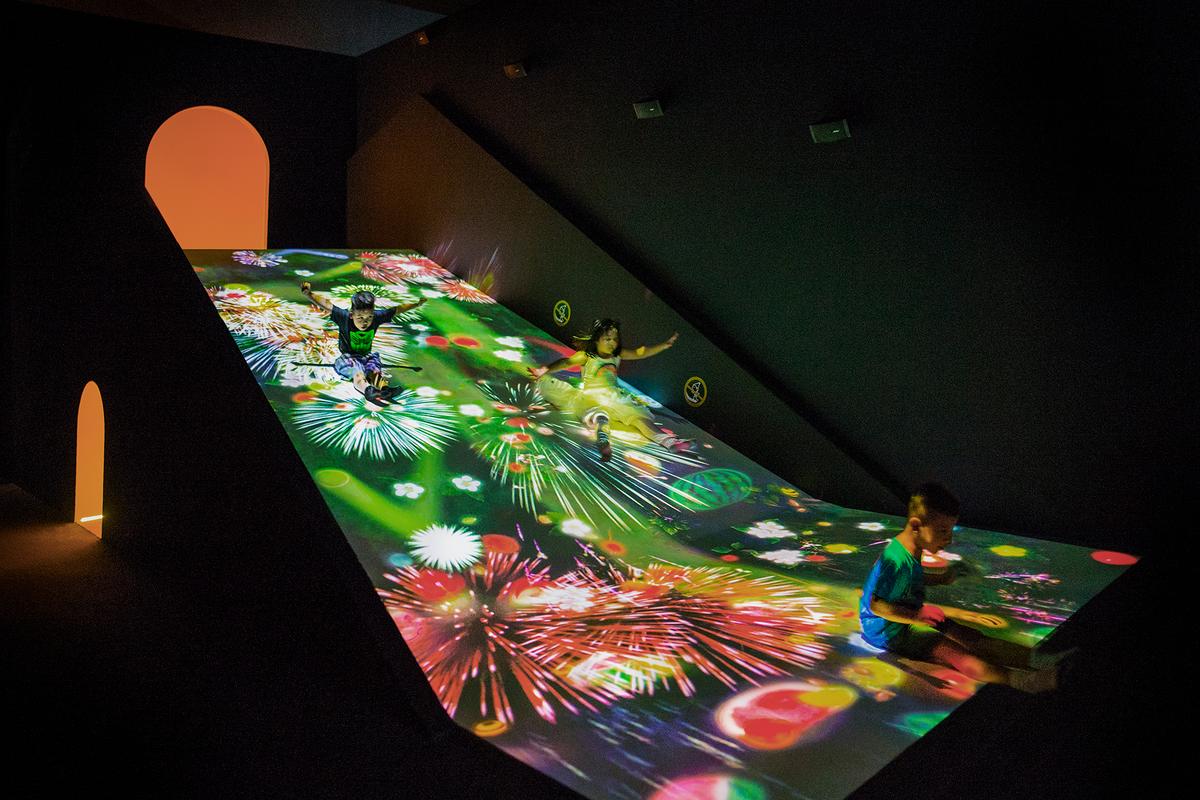Introduction
As technology continues to evolve, so too does the way we create and consume art. One of the most groundbreaking developments in recent years has been the rise of digital art exhibits—a blend of artistic expression and digital innovation. These exhibits don’t just display art—they transform spaces, engage audiences, and offer experiences that are dynamic, immersive, and unforgettable. In this article, we’ll explore what digital art exhibits are, how they’re changing the landscape of modern creativity, and why they matter in today’s fast-paced world.
What Are Digital Art Exhibits?
To put it simply, digital art exhibits showcase artworks that are created or presented using digital technology. These can include anything from digital paintings and generative art to interactive projections, virtual reality installations, and 3D animations. Unlike traditional gallery displays, digital exhibits often involve motion, sound, and interactive components that make the experience more immersive and participatory.
Moreover, these exhibits can take place in physical galleries, online platforms, or hybrid spaces, making art more accessible than ever before.
The Rise of Digital Art in the Modern Era
Over the past decade, digital tools have become essential for artists who want to push creative boundaries. With the help of software, sensors, and projection mapping, digital art exhibits have gone from niche experiments to mainstream attractions. Institutions around the world now embrace this format to attract younger, tech-savvy audiences.
Additionally, platforms like NFTs (non-fungible tokens) and the metaverse have brought digital art into the spotlight, offering new ways for artists to share and monetize their work. As a result, digital exhibits have become a critical component of the global art conversation.
Examples of Groundbreaking Digital Art Exhibits
Some of the most influential art:
- ARTECHOUSE (USA) – Known for stunning exhibits combining data, projection, and interactivity to create sensory-rich experiences.
- Frameless (London) – An immersive digital art space that brings classic masterpieces to life using motion and music.
- Superblue (Miami) – A large-scale exhibit space dedicated to interactive and digital installations by world-renowned artists.

These exhibits prove that digital tools don’t limit creativity—they expand it beyond the canvas into entire environments.
How Digital Art Exhibits Engage Modern Audiences
In today’s screen-driven society, attention spans are short and expectations are high.
These exhibits often allow visitors to:
- Walk through animated landscapes
- Interact with responsive digital surfaces
- Influence the exhibit’s behavior through movement or touch
Consequently, the experience becomes more than just visual—it’s emotional, interactive, and memorable.
Technology Behind the Magic
Tools like:
- Projection mapping
- Augmented reality (AR) and virtual reality (VR)
- Artificial intelligence (AI)
- 3D modeling and animation
…are used to create living, breathing pieces of art. These elements work together to make the viewer feel like they are inside the artwork rather than simply observing it. This fusion of art and tech is what makes digital exhibits truly transformative.
Art for Everyone, Everywhere
Another advantage of this format is its accessibility. Because digital art can be displayed on screens or projected onto buildings, it can reach wider audiences without the limitations of traditional galleries. Virtual exhibits are now accessible from home, allowing people across the globe to experience the latest in digital creativity without buying a ticket or boarding a plane.
This democratization of art empowers both creators and viewers, making culture more inclusive and far-reaching.
The Future of Digital Art Exhibits
Looking ahead, the possibilities for digital art exhibits are expanding rapidly. As technologies like blockchain, spatial computing, and immersive audio evolve, we’ll likely see:
- Personalized exhibits that adapt to each viewer
- Cross-platform experiences that blend physical and virtual spaces
- Real-time generative art that responds to live data or emotions
As a result, the future promises not only more dazzling visuals but also deeper engagement and emotional resonance.
Conclusion
In conclusion, They offer an innovative platform where creativity and technology merge to tell stories, evoke emotions, and engage the senses like never before. Whether you’re an artist, curator, or simply someone who appreciates new experiences, these exhibits offer a powerful reminder that the future of art is not only digital—it’s immersive, interactive, and unforgettable.
You may also read this : Interactive Art Installations: Exploring the Future of Creative Expression

